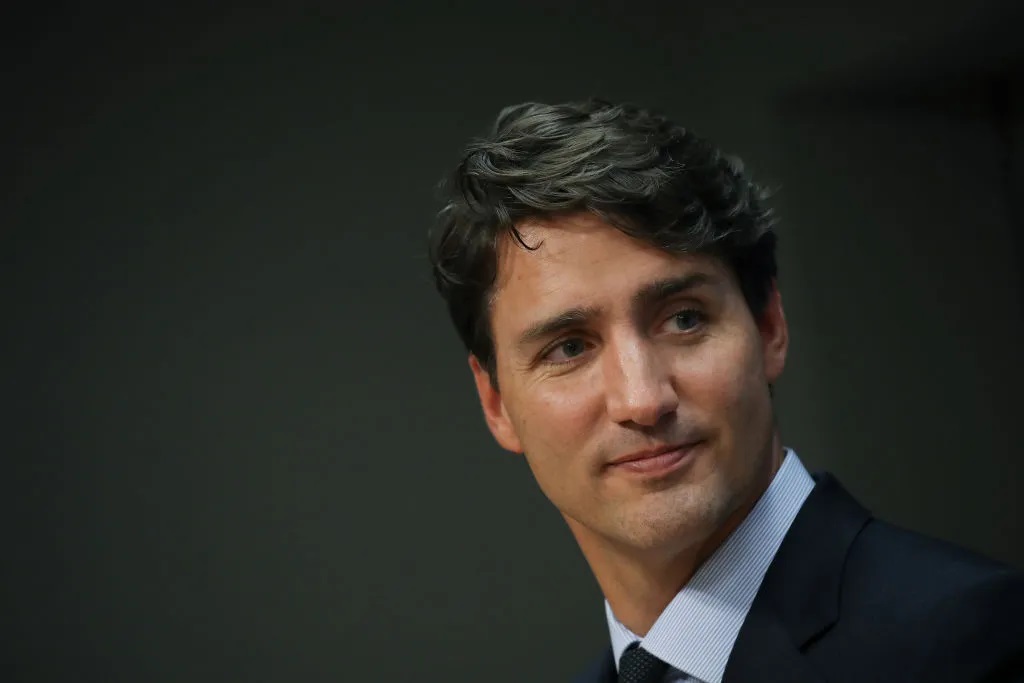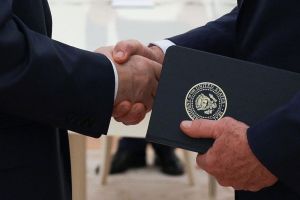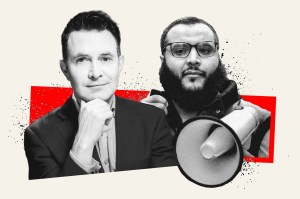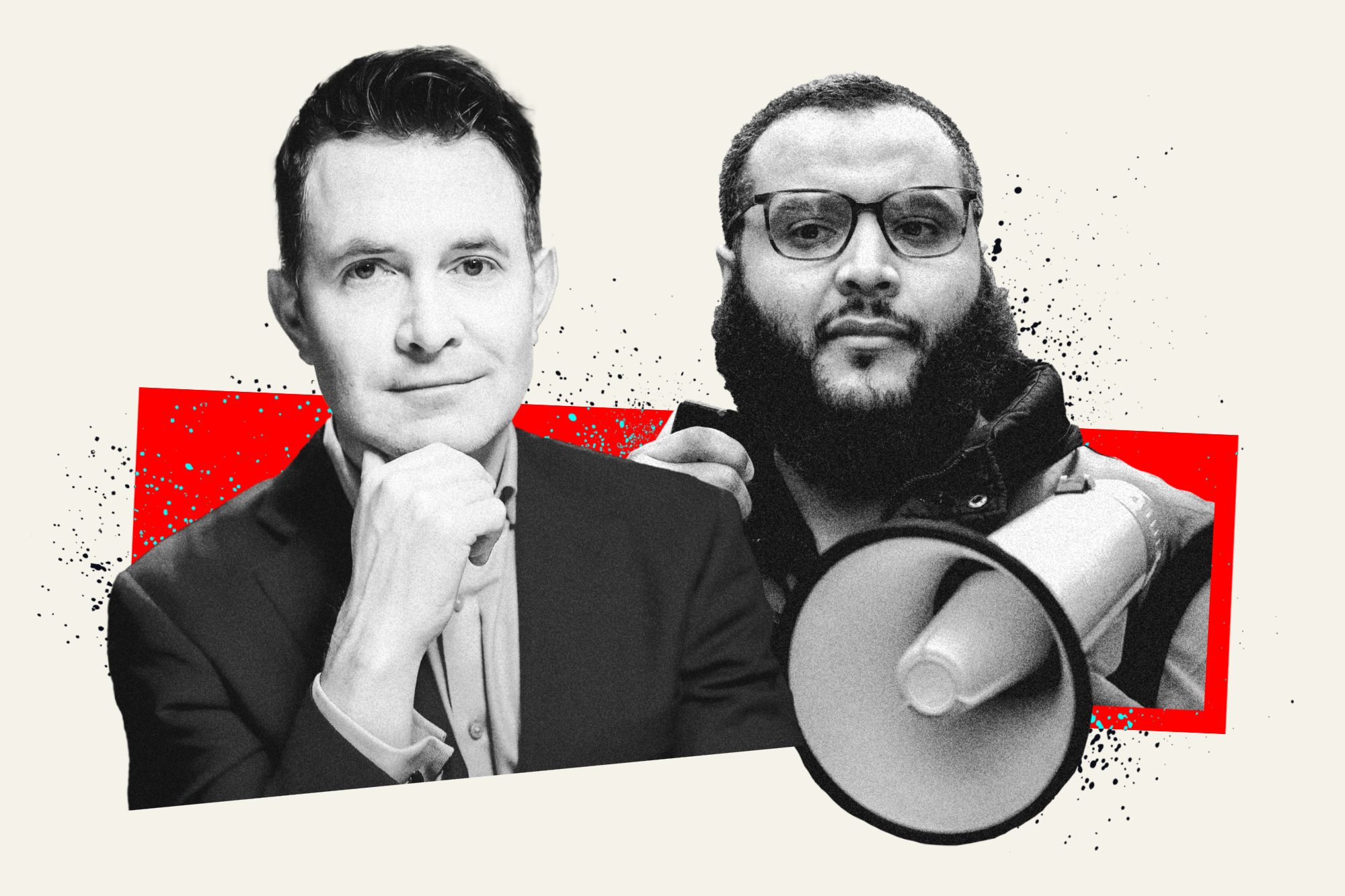On September 18, Canadian prime minister Justin Trudeau made the bombshell announcement that: “Over the past number of weeks Canadian security agencies have been actively pursuing credible allegations of a potential link between agents of the government of India and the killing of a Canadian citizen, Hardeep Singh Nijjar.” Trudeau has since strengthened his language, and argued that he has “credible reasons to believe that agents of the government of India were involved in the killing of a Canadian on Canadian soil.”
India has called the accusation “absurd and motivated”:
Such unsubstantiated allegations seek to shift the focus from Khalistani terrorists and extremists, who have been provided shelter in Canada and continue to threaten India’s sovereignty and territorial integrity. The inaction of the Canadian government on this matter has been a long-standing and continuing concern.
Intelligence officers and diplomats in both countries have been sent home. Trade talks have been suspended indefinitely; travel advisories issued. India has suspended visas for Canadians.
Nijjar was a Khalistani activist, someone who wants to create the new country of Khalistan in India’s Punjab. He had also been on the radar of the Indian authorities for some time. In 2018, he featured on a list of people accused of inciting violence and extremism in India from Canada, given to Trudeau by the then-chief minister of Punjab, Amarinder Singh.
For Trudeau, it didn’t seem to matter that Nijjar stood accused of a long history of involvement in violence against India, and was suspected of masterminding bombings in the Sikh majority Indian state of Punjab and training terrorists in British Columbia. In 2022, India accused Nijjar of being involved in an attack on a Hindu priest in Punjab and announced a reward of around $12,000 for information that would lead to his arrest. Nijjar entered Canada on a fake passport in 1997. Despite this, he was able to gain Canadian citizenship.
The Sikh religion largely evolved from Hinduism in the fifteenth century. A kingdom led by a Sikh, Ranjit Singh, was created in the Punjab in the late eighteenth century, with its capital in Lahore in today’s Pakistan. The kingdom collapsed after his death in the nineteenth century while the British were ascendant. Most of Ranjit Singh’s kingdom, ironically, lies in today’s Pakistan, while the Khalistan sought by the Khalistanis lies in the Indian Punjab.
For centuries it was customary for Hindu families in Punjab to ask a son to take up the Sikh religion for protection, since the community was seen as a warlike offshoot of Hinduism. Inter-marriages between Hindus and Sikhs in India were common and persist to this day. The Sikh holy book, the Guru Granth Sahib, is revered equally by Sikhs and Hindus.
Historians trace the Khalistan movement to pre-Independence India, with some blaming the British for dividing Hindus and Sikhs to strengthen their rule. Others trace the movement to political and economic divides in the Punjab in the 1970s, which led to large scale violence where both Sikhs and Hindus were massacred. The killings resulted in India’s then prime minister, Indira Gandhi, sending in the army to flush out Khalistani extremists hiding out in the holiest of holy Sikh shrines — the Golden Temple in the city of Amritsar. Gandhi was later assassinated by her Sikh guards. Hindus reacted to the assassination by killing Sikhs. Tensions abated by the mid-1990s.
Intelligence sources in India say that the Khalistan movement has been covertly and overtly supported with both arms and money since the 1970s by India’s long-standing adversary, Pakistan. Several Khalistan leaders are holed up in Pakistan’s cities, with Paramjit Singh Parmar, a leader of the so-called Khalistan Commando Force shot dead in Lahore in May. Pakistan is also behind a growing drug menace in the Punjab, with narcotics smuggled across the border and drug lords working in tandem with Pakistani intelligence operatives and some Canadian Khalistani elements, sources say. But most Indian Sikhs see the Khalistan movement as something mainly based in Canada and the United Kingdom.
About 4 percent of Canada’s population is of Indian origin and 2 percent are Sikhs, according to the latest census. The Sikhs have a strong political lobby that has long been courted by Canadian politicians for their votes.
Trudeau’s Liberal Party is particularly linked to the Sikh electorate. His government relies on the leftist New Democratic Party (NDP) led by a Khalistan sympathizer, Jagmeet Singh, for its survival. Singh has been accused by India of engaging in anti-India activities and of having links with extremists (Singh says he opposes “all acts of terrorism in every part of the world”). Singh at first refused to blame Khalistani activists for the 1985 bombing of an Air Indian plane which killed 286 Canadians, before eventually accepting they were responsible.
In 2018, Canada’s Annual Report on the threat of terrorism deemed “Sikh (Khalistani) extremism” as a risk factor. After protests from Sikhs about the report, Trudeau’s government cleansed the language from the publication. Trudeau has, therefore, been seen as a supporter of Khalistani elements in Canada who have threatened violence against Indian diplomats and embassies. He also was criticized for failing to sufficiently condemn a recent parade float which depicted the assassination of Indira Gandhi in the city of Brampton, citing freedom of expression concerns.
Trudeau’s cries of free speech ring false in Indian ears. In 2020 he weighed in, without cause, to support protesting farmers in north India who blocked major highways, saying, “Canada will always be there to defend the right of peaceful protest.” His statement was seen as pandering to his political allies. Trudeau himself has a sketchy track record when it comes to free speech in Canada. In 2022, he used emergency powers to forcefully subdue trucker protests over compulsory vaccinations and even froze their bank accounts.
Many believe that Trudeau’s statement in parliament last week was delivered in a fit of pique over his treatment at the G20, where the Canadian prime minister had largely been shunned by his Indian counterpart, Narendra Modi. When Trudeau finally managed to get a last minute “pull aside” meeting with Modi, he was told bluntly that India had “strong concerns about continuing anti-India activities of extremist elements in Canada.”
Now his condemnation of India over the Nijjar incident has left him isolated. Trudeau sought support from the US, the UK and Australia, but none have firmly supported his accusations. They have called the allegations “concerning” and said that they would take them up with the Indian government, but have failed to condemn India.
Trudeau has put Washington in a quandary as well, after miscalculating his clout on the global stage. Washington can’t be seen as pushing back against a Canadian prime minister, but neither can it upset a major geopolitical ally like India, which is seen as a potential partner to offset China’s manufacturing and supply chain might. Events in the Taiwan Straits also make alliances in the Indo-Pacific, especially with India, especially important.
Canada has little leverage over India, with trade at close to $9 billion, simply not large enough to matter in Indian eyes. Neither are there any significant technology or military alliances between the countries in place. Canadian funds were the seventeenth largest investors in Indian stock markets, but with their investments in most key Indian companies averaging around 2 percent or less, they have little clout in the country.
It seems unlikely that India will step back from its hardline stance. Trudeau can no longer step back from his position either. His own political weakness and an opposition that blames him squarely for Canada’s economic woes prevent that. In the interim, the old relationship between India and Canada now lies tattered — and it will take a change of government on both sides to bring about some semblance of sanity.
This article was originally published on The Spectator’s UK website.

























